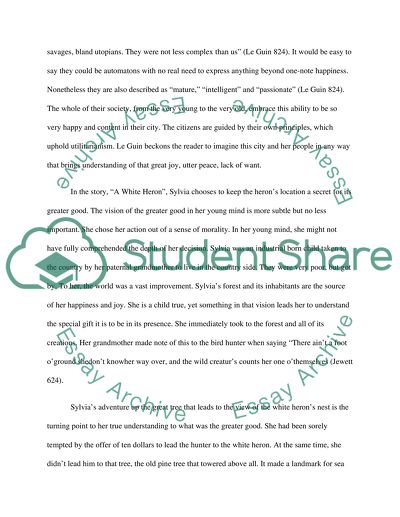Cite this document
(“The Ones Who Walk Away from Omelas by Ursula K. Le Guin and A White Essay”, n.d.)
Retrieved from https://studentshare.org/literature/1464060-the-ones-who-walk-away-from-omelas-by-ursula-k-le-guin-and-a-white-heron-by-sarah-orne-jewett
Retrieved from https://studentshare.org/literature/1464060-the-ones-who-walk-away-from-omelas-by-ursula-k-le-guin-and-a-white-heron-by-sarah-orne-jewett
(The Ones Who Walk Away from Omelas by Ursula K. Le Guin and A White Essay)
https://studentshare.org/literature/1464060-the-ones-who-walk-away-from-omelas-by-ursula-k-le-guin-and-a-white-heron-by-sarah-orne-jewett.
https://studentshare.org/literature/1464060-the-ones-who-walk-away-from-omelas-by-ursula-k-le-guin-and-a-white-heron-by-sarah-orne-jewett.
“The Ones Who Walk Away from Omelas by Ursula K. Le Guin and A White Essay”, n.d. https://studentshare.org/literature/1464060-the-ones-who-walk-away-from-omelas-by-ursula-k-le-guin-and-a-white-heron-by-sarah-orne-jewett.


